
This logo isn't an ad or affiliate link. It's an organization that shares in our mission, and empowered the authors to share their insights in Byte form.
Rumie vets Bytes for compliance with our
Standards.
The organization is responsible for the completeness and reliability of the content.
Learn more
about how Rumie works with partners.
What do Jeff Bezos, Larry Page & Sergey Brin, and THE Taylor Swift have in common besides being extraordinary innovative, and successful people?

If you guessed that they were all Montessori students, you’ve guessed right! 👍
They all studied in Montessori schools, which are all about making independent learners and creative thinkers.
Now you may be thinking, "Wow that's great and all but I didn't go to a Montessori School. How does this information apply to me?" 🤷

Don't worry. I didn’t go to a Montessori school either!
But I did teach in a Montessori School, I've got a Montessori Early Childhood Diploma, and I dedicated my master's thesis to Montessori — hashtag team Montessori! ❤️
So, today I'll share with you the main secrets of Montessori I've personally used and how you can use them too to boost your learning and adopt a Montessori-like way of thinking.
Let's do it! 🔥
Did you know?
Maria Montessori was an Italian doctor and educator. She started the first Montessori School in Rome over 100 years ago (in 1907, to be precise). She created special learning materials so children could learn on their own terms and pace. Today, there are more than 22,000 Montessori Schools around the world.
That's like going viral for a great idea before social media even was a thing!
Design your dream study zone — Montessori style
Ready to turn your study space into a Montessori-inspired zone?
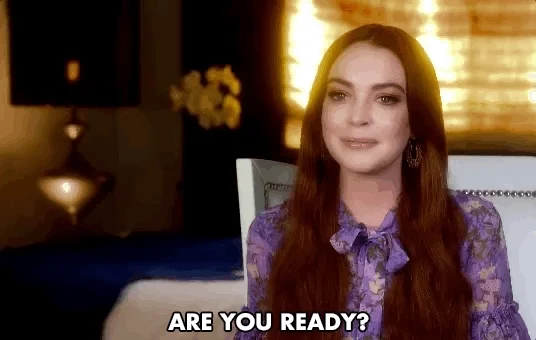
Follow these easy tips to get started:
1: Choose a quiet corner to avoid distractions.
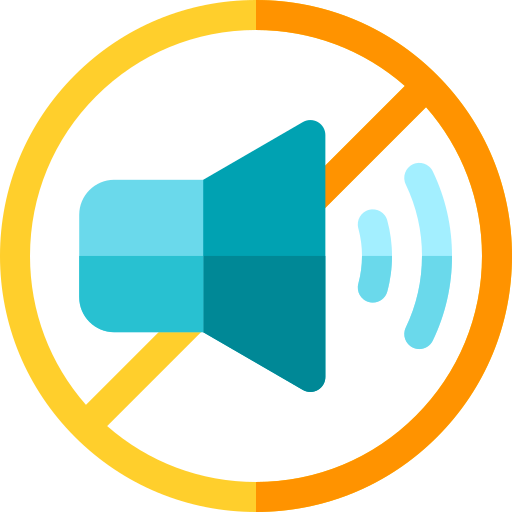
Montessori believed that learning to concentrate is really important and a quiet space is necessary for this.
2: Keep your space organized to boost your focus.
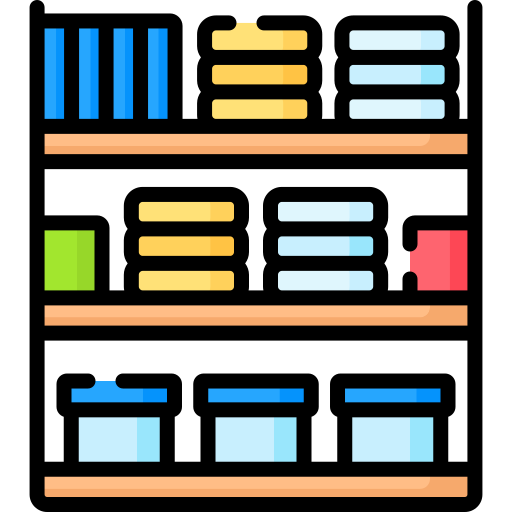
All Montessori classrooms are uncluttered and color-coded. Plus, "an aesthetically pleasing environment promotes creativity, imagination, and curiosity."
3: Add indoor plants to enjoy nature and bring natural beauty to your space.

Montessori education values nature and uses natural materials to help students feel connected and take care of the environment.
Test your skills
Imagine...💭
You’re about to transform your study zone into a Montessori-inspired haven.

Which of these options would be the best choice to get your new learning space there?
A. A quiet corner with an ergonomic chair and desk.
B. A playlist with nature sounds.
C. An organizer with lots of dividers to optimize sorting.
D. A small plant and an inspiring piece of art.
Quiz
Choose all that apply:
Having ergonomic furniture, a small plant, and a piece of art are great examples of a Montessori-inspired feel in your study space. They'll help you to stay comfy and focused while bringing nature and beauty to your study area. But, while nature sounds may be relaxing, Montessori prefers quiet spaces to help you concentrate. And while organizing is great, too many dividers can make a mess.
Apply Montessori hacks to your study habits
"Alright, I have set up my Montessori-inspired space...now what?"

Well, learning is about where you study, when, and how you do it. Start with these easy Montessori hacks to plan your studies and start your journey as a Montessori-inspired thinker:
1: Dive deep into what interests you to keep you motivated.

Montessori believed we learn best when we're deeply interested in something.
Have a favorite video game, social media app, or Netflix show? Why not learn how they're made? Or even create your own app or show script! Wouldn't that be awesome?
2: Personalize your study plan to make it as unique as you.

In a Montessori classroom, each student works at their own pace and chooses materials to work with that match their interest and ability level.
Whether you prefer learning by watching tutorials, following a course, or reading books, it's all ok, choose what works best for you!
3: Train your brain to improve your focus.
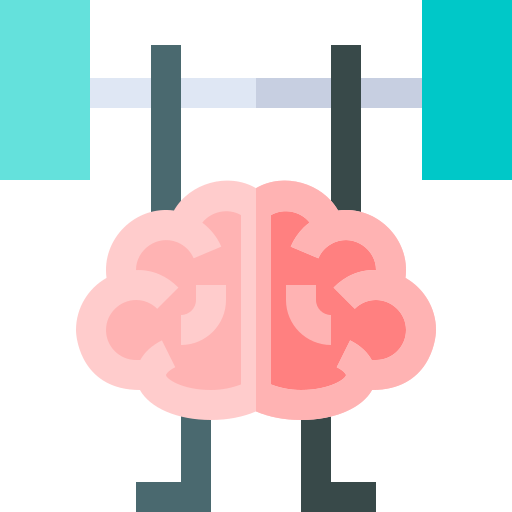
One Montessori technique to improve focus is called the "three-period lesson:" Naming, Association, and Recall.
Use this technique whenever you learn something new, like a new language!
4: Practice your learning to deepen your knowledge.

Montessori learners repeat the same exercises as much as they like until they really get them. Then, they move on to more difficult activities to keep growing their learning.
Try this at home, practice until you feel confident, and then add more challenging materials to your studies.
5: Check your work to see how you're doing.

Another unique aspect of Montessori is that learning materials are self-correcting. Imagine getting immediate feedback while learning — really cool isn't it?
Try using Kahoot, Quizlet, or Discovery Education to make your own self-correcting puzzles, flashcards, or quizzes.
6: Teach what you've learned to become an expert and help others gain valuable information too!

Montessori classrooms have 3-year mixed-age students. The idea behind this is that older students can teach younger ones.
Share what you are learning with a friend, it'll help you to understand and remember everything better!
Test your skills
Imagine... 💭
Lately, you've struggled to focus every time you want to learn something new. You find it hard to remember what you are learning. So you've decided to give it a try to the Montessori hacks you've just learned.

Which of the following actions will help you the best to remember new information?
A. If you prefer learning through video tutorials, make a playlist and watch a few about the topic you're trying to learn.
B. Create flashcards about the topic, practice until you remember the info, then use practice exercises with real-life examples. Lastly, apply your knowledge by building a project about the topic.
C. If you're learning a new language, use the three-lesson method: Naming, Association, and Recall.
D. Explain the topic you're learning to someone else, using your own words and examples.
Quiz
Choose that apply:
Answers B, C, and D are great actions to help you remember new information. Creating learning materials like flashcards and constantly practicing with them while increasing the difficulty level of the activities is a great way to deepen your knowledge and remember more easily. Using the three-period lesson also helps you make connections between concepts for easier recall. Sharing what you are learning with others is good for understanding a topic which will help you to remember it better. While watching videos can be helpful, if you don't apply what you're learning, it may not be as effective.
Take Action
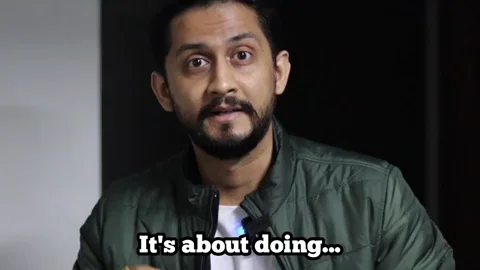
When getting started to become a Montessori-inspired thinker, ask yourself:
This Byte has been authored by
Ana Esparza
Learning Designer
M.Ed.